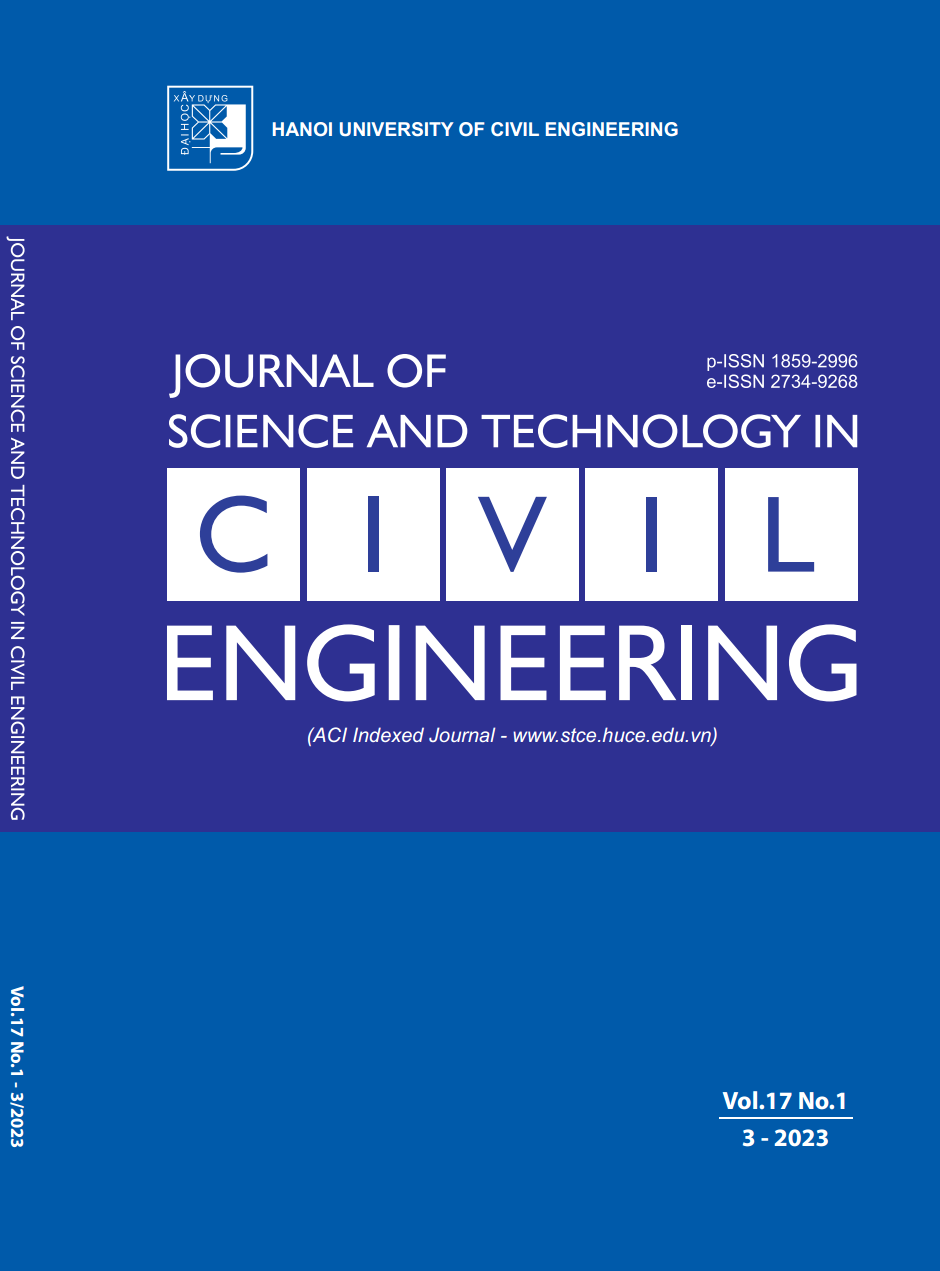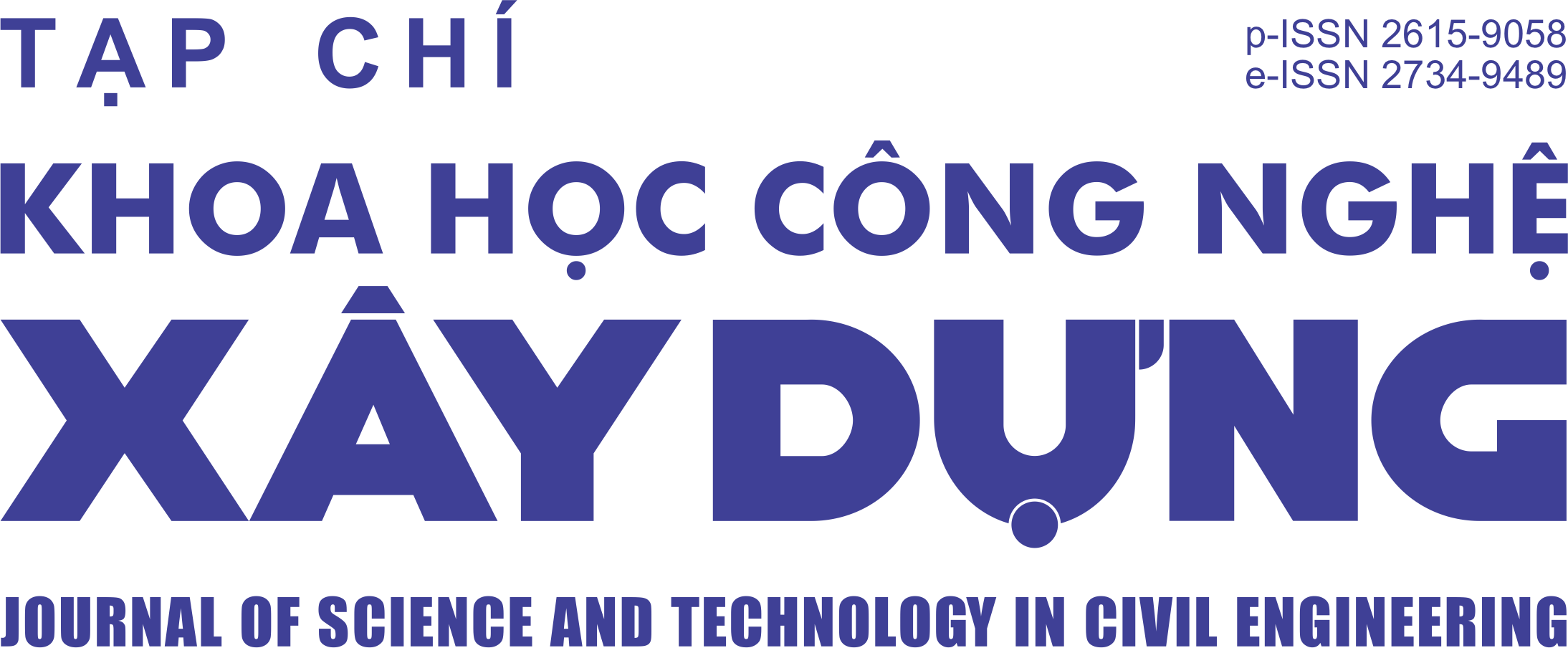Utilization of artificial lightweight aggregate and unground rice husk ash as internal curing agents to modify performance of super-sulfated cement mortar
Abstract
This study attempts to utilize cold-bonded fly ash based artificial lightweight aggregate (ALWA) and retrieved unground rice husk ash (URHA) as internal curing (IC) agents for improving performance of typical super-sulfaed cement (SSC) mortar fabricated with ternary mixture of 85% slag, 10% gypsum, and only 5% blended Portland cement (PCB). The ALWA partially replacing fine aggregate (FA) at four values of 25, 50, 75, and 100 vol.% was used. For evaluating impact of using hybrid addition of IC agents on performances of SSC mortars, the ALWA amount after being optimized was partially replaced by URHA at four levels of 25, 50, 75, and 100 vol.%. Experimental results showed that, ALWA partially replacing FA up to 50 vol.% led to the SSC mortars with remarkably increased workability and uncompromised impacts on the strengths and durability. Addition of URHA partially replacing ALWA significantly improved the fresh properties and flexural strength but it negatively impacted the durability performances of the resultant SSC mortars in terms of increased water absorption, decreased UPV, and increased drying shrinkage.
Downloads
Copyright (c) 2023 Hanoi University of Civil Engineering

This work is licensed under a Creative Commons Attribution-NonCommercial-NoDerivatives 4.0 International License.
1. The Author assigns all copyright in and to the article (the Work) to the Journal of Science and Technology in Civil Engineering (JSTCE) – Hanoi University of Civil Engineering (HUCE), including the right to publish, republish, transmit, sell and distribute the Work in whole or in part in electronic and print editions of the Journal, in all media of expression now known or later developed.
2. By this assignment of copyright to the JSTCE, reproduction, posting, transmission, distribution or other use of the Work in whole or in part in any medium by the Author requires a full citation to the Journal, suitable in form and content as follows: title of article, authors’ names, journal title, volume, issue, year, copyright owner as specified in the Journal, DOI number. Links to the final article published on the website of the Journal are encouraged.
3. The Author and the company/employer agree that any and all copies of the final published version of the Work or any part thereof distributed or posted by them in print or electronic format as permitted herein will include the notice of copyright as stipulated in the Journal and a full citation to the Journal as published on the website.







